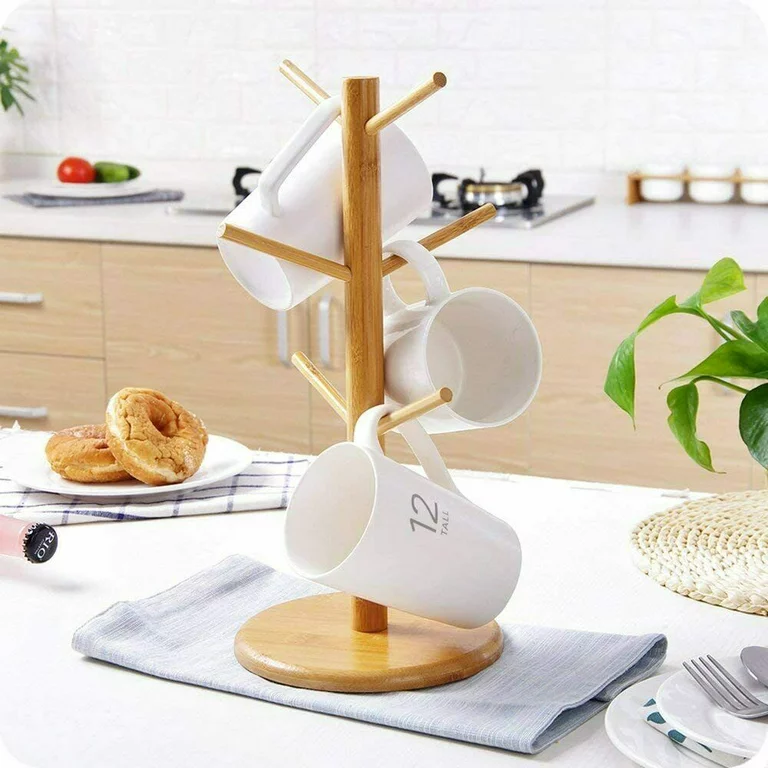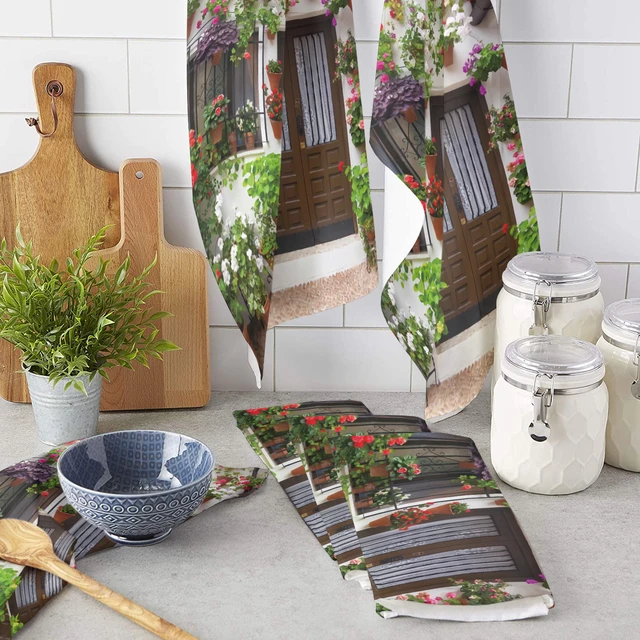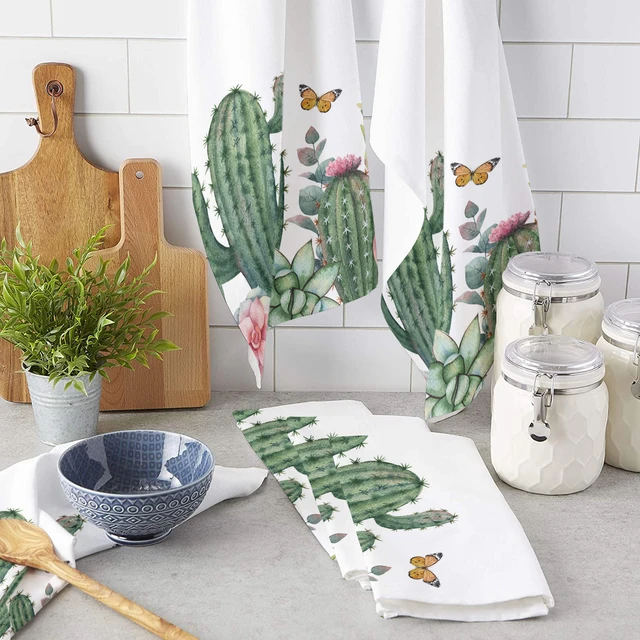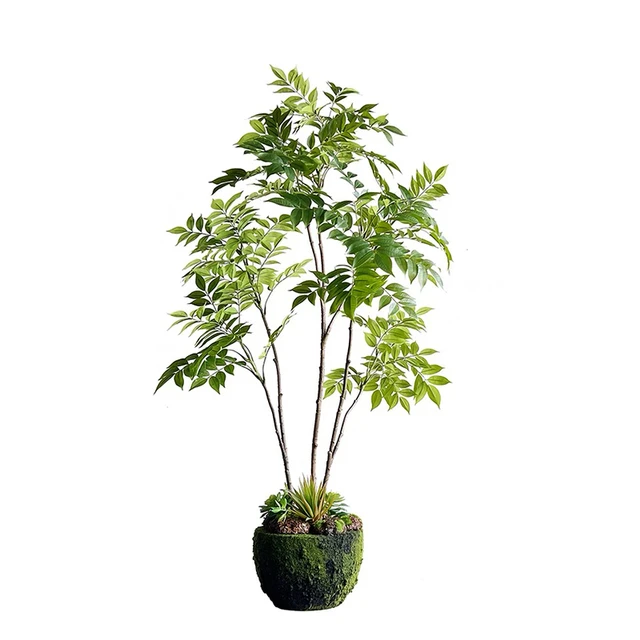Introduction:
Fancy Plants Kitchen is a trendsetting concept that combines the beauty of plants with the functionality of a kitchen. In this comprehensive article, we will explore the features, benefits, and customer experiences of the Fancy Plants Kitchen, highlighting its design, plant selection, and the unique ambiance it creates. Whether you have a green thumb or simply want to bring a touch of nature into your kitchen, the Fancy Plants Kitchen offers a refreshing and vibrant culinary experience.
Infusing Nature into Your Cooking Space:
The Fancy Plants Kitchen is all about infusing nature into your cooking space, creating a connection between the culinary arts and the natural world. By incorporating plants into your kitchen, you can enjoy the benefits of fresh air, improved air quality, and a calming environment while preparing delicious meals.
Designing a Green Oasis:
The Fancy Plants Kitchen boasts a design that seamlessly blends nature with functionality. From hanging planters and vertical gardens to countertop herb gardens and potted plants, the possibilities are endless. The design aims to create a green oasis where plants thrive, enhancing the visual appeal and overall ambiance of the kitchen.
Benefits of Plants in the Kitchen:
Plants offer numerous benefits when incorporated into the kitchen environment:
Improved Air Quality:
Plants naturally purify the air by removing toxins and releasing oxygen, creating a healthier cooking environment.
Stress Reduction:
The presence of plants has been shown to reduce stress levels and create a more relaxed atmosphere, making the kitchen a more enjoyable space.
Aesthetic Appeal:
Plants add a decorative element to the kitchen, enhancing the overall aesthetics and providing a touch of natural beauty.
Culinary Inspiration:
Having fresh herbs and edible plants readily available in the kitchen encourages creativity and experimentation in cooking, inspiring new flavors and dishes.
Selecting the Right Plants:
Choosing the right plants for your Fancy Plants Kitchen is essential. Consider plants that thrive in the kitchen environment, such as herbs like basil, thyme, and rosemary, or low-maintenance plants like pothos or snake plants. Ensure that the plants you choose can tolerate the lighting conditions and temperatures of your kitchen.
Proper Care and Maintenance:
To keep your Fancy Plants Kitchen thriving, proper care and maintenance are crucial. Be attentive to watering needs, providing adequate light, and monitoring for any signs of pests or diseases. Regularly pruning and fertilizing the plants will help ensure their health and longevity, keeping your kitchen lush and vibrant.
Customer Experiences:
Customers who have embraced the Fancy Plants Kitchen concept rave about the positive impact it has had on their cooking experience and overall well-being. They appreciate the calming atmosphere, the accessibility of fresh herbs and ingredients, and the aesthetic appeal of the plants in their kitchen. Many report feeling more connected to nature and finding joy in caring for their plants while preparing meals.
Creative Design Ideas:
The Fancy Plants Kitchen offers endless possibilities for creative design ideas:
Utilize vertical spaces by installing hanging planters or wall-mounted shelves for potted plants.
Create a herb garden by dedicating a section of your countertop or windowsill to small herb pots.
Incorporate plant stands or plant hangers to elevate and showcase your favorite plants.
Install a small greenhouse or mini indoor garden for a more extensive and diverse plant collection.
Dos and Don’ts of the Fancy Plants Kitchen: Care and Maintenance
While creating a Fancy Plants Kitchen brings a touch of nature and beauty into your culinary space, it’s important to follow some guidelines to ensure the plants thrive and your kitchen remains functional. In this guide, we will provide you with simple dos and don’ts for the care and maintenance of your Fancy Plants Kitchen. By following these guidelines, you can enjoy a lush, vibrant kitchen filled with healthy plants.
Dos:
Do Choose the Right Plants:
Select plants that are suitable for the kitchen environment, taking into account factors such as lighting conditions, temperature, and humidity. Choose plants that are known for their resilience and ability to thrive indoors, such as herbs, pothos, snake plants, or succulents.
Do Provide Adequate Lighting:
Most plants require sufficient light to grow and thrive. Place your plants near windows or install artificial lighting to ensure they receive the necessary amount of light. Observe the lighting needs of each plant and adjust their placement accordingly.
Do Water Plants Appropriately:
Different plants have different watering requirements. Research the specific needs of each plant in your Fancy Plants Kitchen and water accordingly. Avoid overwatering, as it can lead to root rot, and ensure proper drainage in pots. Use a moisture meter or stick your finger into the soil to determine when it’s time to water.
Do Prune and Maintain Plants:
Regularly prune your plants to remove dead or yellowing leaves and promote healthy growth. Trim herbs to encourage bushier growth and prevent them from becoming leggy. Regular maintenance, such as removing dust from leaves, helps keep the plants healthy and prevents pest infestations.
Do Monitor for Pests:
Keep an eye out for signs of pests, such as aphids, fungus gnats, or scale insects. If you notice any pests, take immediate action to prevent them from spreading. Use organic pest control methods or consult with a professional if necessary.
Don’ts:
Don’t Overcrowd:
Avoid overcrowding your Fancy Plants Kitchen with too many plants. Give each plant enough space to grow and thrive. Overcrowding can lead to poor air circulation, increased humidity, and competition for resources, which can compromise the health of your plants.
Don’t Neglect Drainage:
Ensure that the pots or containers you use for your plants have proper drainage holes. Good drainage prevents water from accumulating at the bottom and causing root rot. Use well-draining potting soil and empty saucers or trays beneath the pots to catch excess water.
Don’t Overfeed with Fertilizers:
While fertilizing is important for plant health, avoid overdoing it. Follow the instructions provided with the fertilizer and avoid applying too much or too frequently. Overfertilizing can lead to nutrient imbalances and damage the plants.
Don’t Use Harsh Chemicals:
Avoid using harsh chemical-based pesticides or cleaning agents near your plants. These can harm the plants and disrupt their natural growth. Instead, opt for organic and plant-safe alternatives for pest control and cleaning.
Don’t Ignore Plant-Specific Needs:
Each plant has specific care requirements. Research and understand the needs of your plants, including their preferred humidity levels, temperature range, and any specific care instructions. Tailor your care routine to meet these individual needs.
Caring for your Fancy Plants Kitchen involves providing suitable lighting, proper watering, regular maintenance, and monitoring for pests. By following the dos and avoiding the don’ts, you can ensure the health and vitality of your plants. Enjoy the beauty and benefits of a thriving Fancy Plants Kitchen as you cook, create, and connect with nature in your culinary space.
Conclusion:
The Fancy Plants Kitchen is a unique concept that brings the beauty of plants into your culinary space. By incorporating plants into your kitchen, you can enjoy improved air quality, reduced stress levels, enhanced aesthetics, and culinary inspiration. Selecting the right plants, providing proper care and maintenance, and exploring creative design ideas will ensure your Fancy Plants Kitchen flourishes with vibrancy and vitality. Embrace the beauty and benefits of a green culinary space and experience the joy of cooking amidst nature’s embrace.




